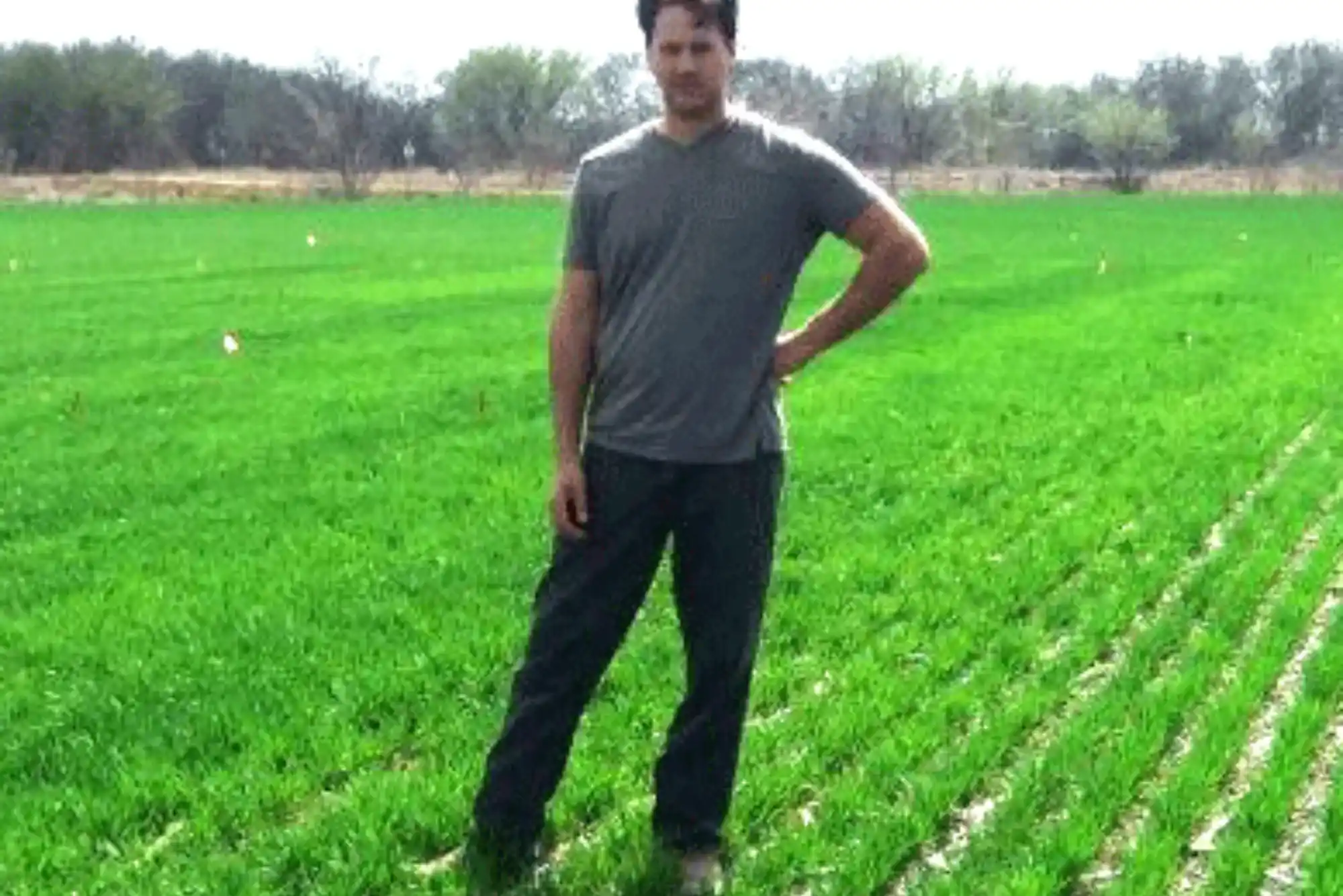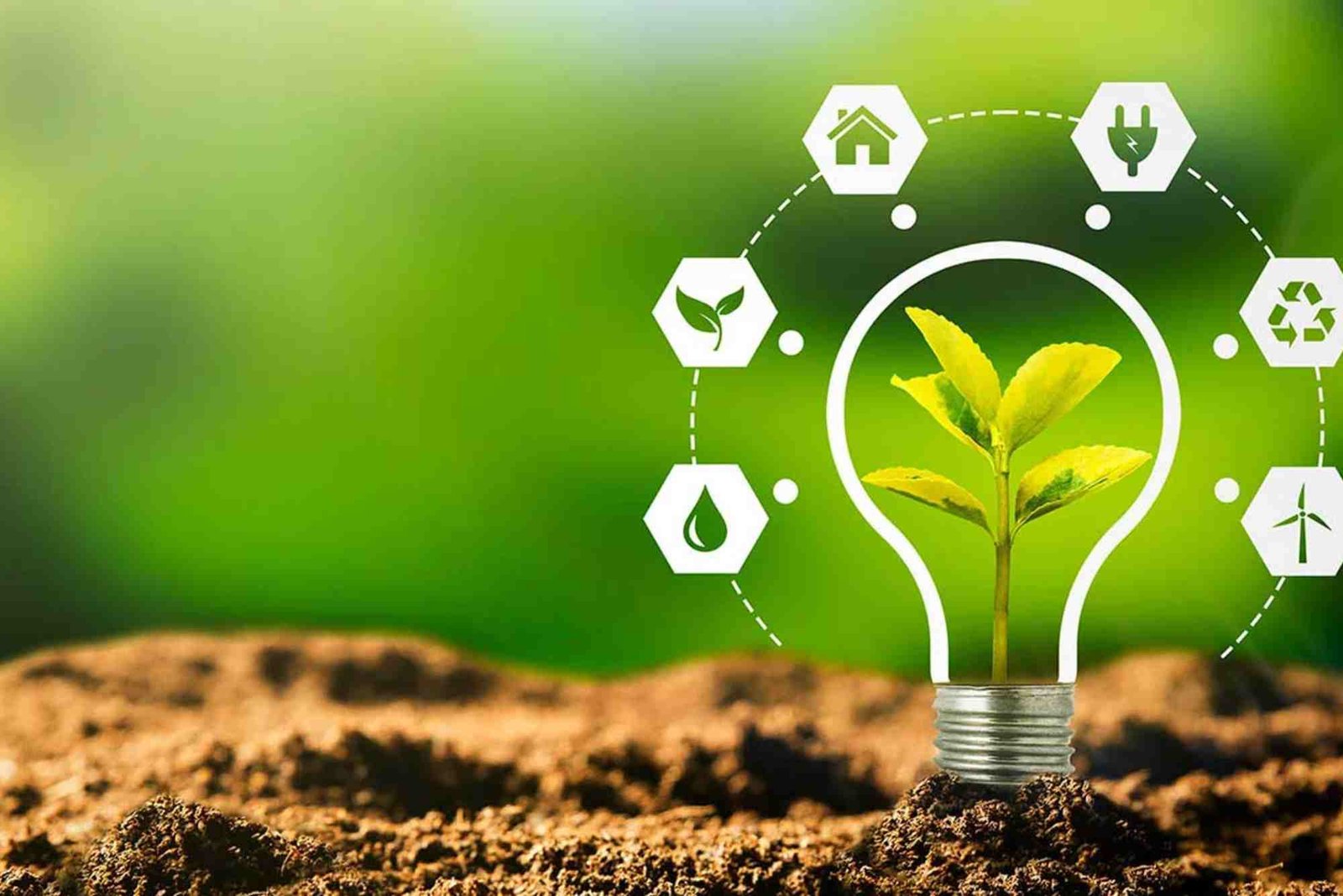In an era where precision agriculture defines success, digital farming tools are no longer a luxury—they’re a necessity. Farmers from Punjab to Sindh are increasingly adopting data-driven decisions to enhance productivity and profitability. But one question still lingers:
Is a crop yield calculator truly worth it?
Let’s explore how this tool transforms modern farming and whether it lives up to its promise in real-world scenarios.
. What Is a Crop Yield Calculator
Quick Answer: A crop yield calculator estimates potential harvest output based on factors like seed rate, area, plant density, and environmental conditions.
A crop yield estimation calculator helps farmers predict total yield per hectare or acre before harvest. This information empowers them to plan storage, market timing, and pricing strategies more effectively.
Modern calculators, like the one available at Needscalculator’s crop yield estimation calculator, combine ease of use with accuracy. Farmers simply enter basic data—area, crop type, and seed count—to receive instant, actionable insights.
Why Yield Estimation Matters for Farmers
Quick Answer: Accurate yield predictions drive better planning, cost reduction, and sustainable use of resources.
Without precise yield forecasting, farmers risk overspending on fertilizers, misjudging market supply, and wasting valuable time. Yield calculators minimize these risks by offering early insights into crop performance.
Key Benefits:
Efficient resource allocation – Apply fertilizers and pesticides in optimal amounts.
Market readiness – Predict production and align with demand cycles.
Reduced waste – Avoid overproduction and unnecessary input use.
How Does a Crop Yield Calculator Work?
Quick Answer: It processes field and plant data using mathematical models to estimate yield output.
A reliable yield calculator uses scientific formulas and local climate data. Inputs may include:
Number of plants per square meter
Average grains or fruits per plant
Weight per unit
Moisture levels
By multiplying these values, the tool projects total yield. Some calculators also integrate AI-driven insights for improved accuracy—ideal for tech-forward agricultural programs in regions like Punjab’s Agri-Tech Initiatives.
Regional Case Study: Pakistan’s Smart Farming Shift
Quick Answer: Pakistan’s agriculture sector is adopting digital tools to increase efficiency and exports.
According to Pakistan’s Ministry of National Food Security, digital transformation in farming is now central to Vision 2030. For instance:
The Punjab Agriculture Department has introduced mobile apps for field monitoring.
Sindh Innovation Programme trains youth in data-based crop analysis.
Farmers using calculators report up to 12% higher yield accuracy versus traditional estimates.
These examples highlight how yield calculators are practical tools, not just theoretical aids.
Role of Technology Companies in Agri-Digitalization
Quick Answer: Local IT companies play a vital role in creating farmer-friendly digital solutions.
Pakistan’s tech sector is powering the shift toward smarter agriculture. For example, emerging software hubs such as Dhanote IT Park—recognized among the fastest growing IT company in Pakistan—are fostering innovations that connect rural needs with digital efficiency.
This bridge between technology and agriculture opens opportunities for both farmers and developers to collaborate on real-world data solutions.
The Economic Impact of Smart Yield Tools
Quick Answer: Yield calculators reduce losses, boost profitability, and attract agri-investment.
A report by the FAO (Food and Agriculture Organization) found that smallholder farmers can increase net income by 10–15% with digital yield prediction tools.
These calculators also:
Encourage data-backed crop insurance policies.
Help lenders and co-ops assess creditworthiness.
Improve national food security planning.
Such outcomes prove that yield calculators are more than gadgets—they’re instruments of rural empowerment.
Comparing Free and Premium Yield Tools
Quick Answer: Free tools are ideal for basic estimation; premium ones offer deeper analytics.
While professional farming systems may use IoT-enabled dashboards, even free online calculators for everyday use can simplify decision-making for farmers, students, and agri-startups.
Comparison Table:
| Feature | Free Calculators | Premium Software |
|---|---|---|
| Accessibility | Web-based | Subscription model |
| Accuracy | Moderate | High (AI-integrated) |
| Best For | Smallholders, learners | Commercial farms, enterprises |
The right choice depends on the scale of operation and the level of data analysis required.
8. Challenges and Limitations
Quick Answer: Accuracy depends on data input, local calibration, and user understanding.
Even the best tools can underperform if users enter incomplete or inaccurate data.
Common challenges include:
Lack of digital literacy among rural farmers
Unstable internet connectivity
Variability in regional soil data
However, government-led programs like Digital Pakistan Initiative are addressing these gaps by training youth in agri-tech and mobile data management.
9. Future Trends: AI and Satellite Integration
Quick Answer: The future of yield prediction lies in AI, IoT, and satellite mapping.
Next-generation calculators are integrating:
Remote sensing for real-time field monitoring
AI models for disease prediction
Blockchain for transparent agri-trade data
Pakistan’s growing IT ecosystem is well-positioned to develop these tools, especially through incubators like the National Center of AI and Dhanote IT Park, enabling rural innovation with global scalability.
10. Is a Crop Yield Calculator Really Worth It?
Quick Answer: Yes—for cost savings, efficiency, and smarter farming decisions.
Farmers who use yield calculators report:
Reduced input cost (up to 18%)
Improved yield estimation accuracy (up to 90%)
Better harvest timing and market negotiation power
For regions like Punjab and Sindh, where agriculture forms nearly 19% of GDP, such improvements are game-changers.
FAQs
1. What is the main purpose of a crop yield calculator?
It helps estimate crop production potential, allowing better planning, budgeting, and marketing.
2. Can small farmers use it without technical skills?
Yes, most tools are mobile-friendly and require only basic input like area and crop type.
3. How accurate are online calculators?
They can be up to 90% accurate if field data is correct and conditions match model assumptions.
4. Is it free to use these calculators?
Yes, many reliable platforms offer free online calculators for everyday use.
5. Which crops benefit the most from yield estimation tools?
Cereal crops (wheat, rice, maize) and cash crops (cotton, sugarcane) see major benefits.
6. Are such calculators available in local languages?
Some regional versions support Urdu, Punjabi, and Sindhi to improve accessibility.
7. What government programs support digital farming in Pakistan?
Initiatives like Digital Pakistan, Kamyaab Jawan Agri Startups, and Punjab Smart Agriculture Program provide training and digital access.
Final Thought
Having worked closely with local tech developers and rural cooperatives, I’ve witnessed how digital tools reshape farming mindsets. In areas like Bahawalpur and Multan, young agripreneurs now rely on calculators before sowing.
The combination of technology, youth innovation, and community collaboration is the key to transforming Pakistan’s agriculture sector.
A Crop yield Calculator isn’t just “worth it”—it’s becoming the foundation of smart, sustainable farming for the digital age.









